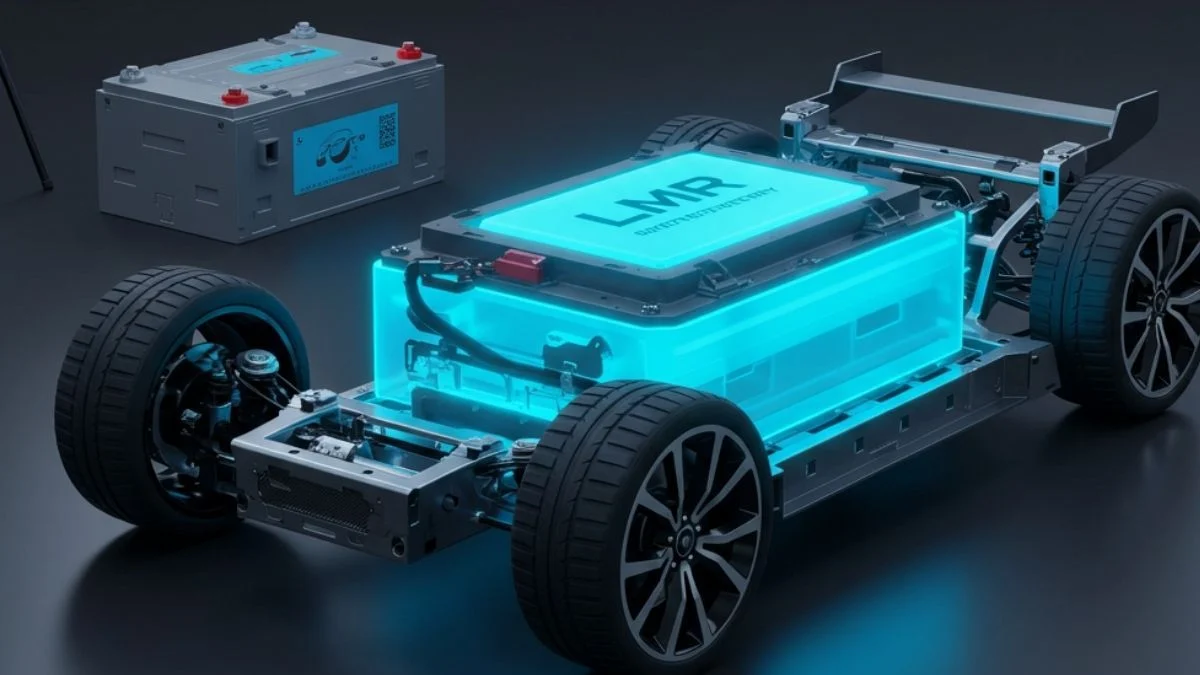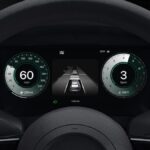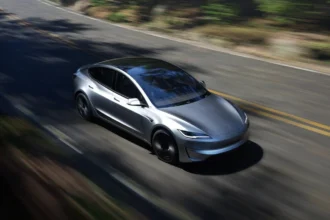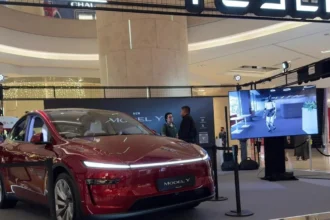The automotive world is buzzing about a potential game-changer from General Motors. They’re calling it the LMR EV battery, and if the hype holds true, it could be the electric unicorn we’ve all been waiting for – a battery that’s not just better, but better better. Let’s dive into what makes this battery tech so exciting, when we might actually see it powering our road trips, and how it stacks up against the battery wizards at Tesla and BYD.


What Makes LMR the Battery Whisperer?
Current electric vehicle batteries, primarily lithium-ion, have served us well, offering decent range and power. But they also come with their quirks: they can be pricey, take a while to charge, and sometimes get a little too toasty under pressure. GM’s LMR, or Lithium-metal silicon, aims to address these shortcomings. The key innovation lies in its anode, which incorporates lithium metal alongside silicon. This combination promises a significant increase in energy density compared to traditional graphite anodes, meaning more miles in the same-sized battery pack, or a smaller, lighter pack with comparable range. Think of it as packing more energy into a smaller suitcase – ideal for those who like their road trips long and their cars light. Furthermore, LMR is also touted for its potential for faster charging times and improved thermal stability, which could alleviate range anxiety and make those quick roadside top-ups even quicker.
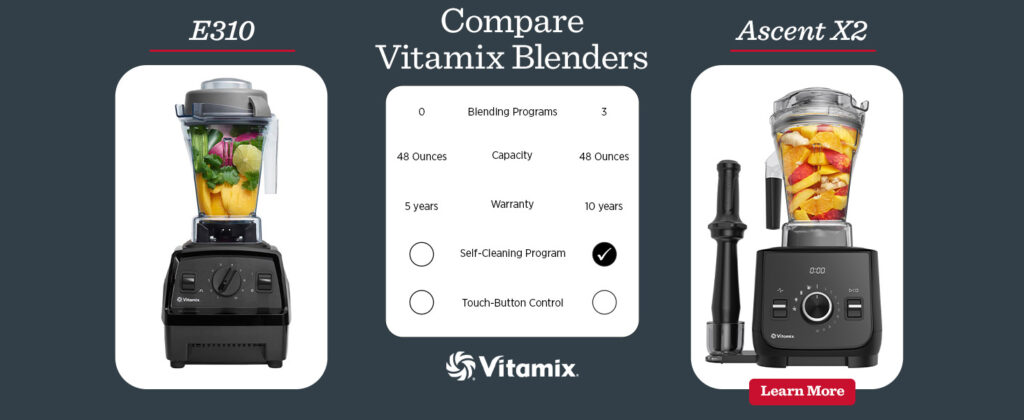


When Will This Electric Dream Become Reality?
The million-dollar question, of course, is when this battery breakthrough will actually find its way into new cars. GM has been relatively tight-lipped on the exact timeline, but they’ve indicated that LMR technology is in advanced stages of development, with potential for production vehicles later this decade. While “later this decade” leaves a bit of wiggle room (we could be waiting until 2029, which in tech years is practically the Stone Age), the fact that GM is talking about it with increasing confidence suggests it’s not just vaporware destined for the dusty shelves of Detroit dreams. Patience, fellow electric adventurers, patience.
LMR vs. the Titans: Tesla and BYD’s Battery Brews
So, how does GM’s LMR stack up against the battery innovations coming from the current EV royalty, Tesla and BYD? Both companies have been making significant strides in battery technology. Tesla, with its focus on structural battery packs and larger cell formats, aims to improve energy density and reduce costs through innovative engineering and manufacturing processes. BYD, on the other hand, has championed its Blade Battery, a lithium iron phosphate (LFP) battery known for its safety, durability, and lower cost, albeit typically with a lower energy density compared to NMC (Nickel Manganese Cobalt) batteries.
GM’s LMR represents a different approach, focusing on the anode chemistry to unlock higher energy density and potentially faster charging. If GM can successfully scale and produce LMR batteries cost-effectively, it could offer a compelling advantage in range and charging speed over BYD’s LFP while potentially matching or exceeding Tesla’s energy density gains without the need for radical structural changes. The key will be cost and scalability – turning a promising lab breakthrough into millions of affordable, reliable battery packs is no small feat. It’s like finding a delicious new coffee bean versus actually brewing a consistent and crowd-pleasing cup every morning.
Wrapping Up: A Spark of Hope for the Electric Highway
GM’s LMR EV battery breakthrough offers a genuine spark of hope for the future of electric vehicles. Its potential for higher energy density, faster charging, and improved thermal stability addresses some of the key concerns holding back wider EV adoption. While the exact timeline for its arrival in showrooms remains a bit hazy, the fact that GM is actively pursuing this technology signals a serious commitment to innovation. Whether it will ultimately outshine the battery brews coming from Tesla and BYD remains to be seen. Still, the prospect of an “electric unicorn” that delivers on its promises is undoubtedly exciting for those of us eager to see a more efficient, longer-range, and faster-charging electric future. Now, if only they could promise it in a vibrant Bend-inspired green… that would be truly revolutionary.
Disclosure: Picture rendered by Gemini

